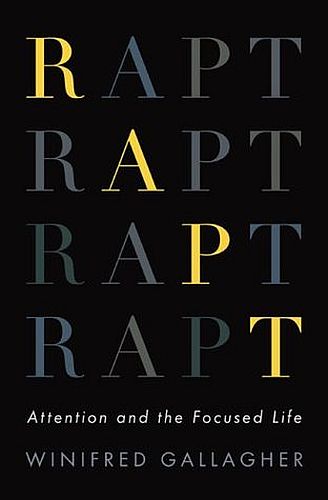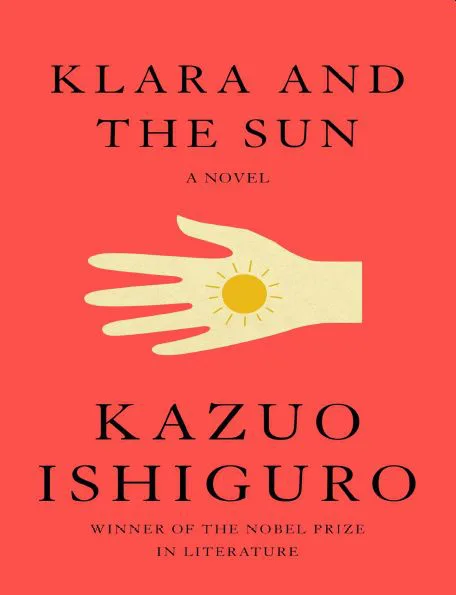
Rapt: Attention and the Focused Life by Winifred Gallagher opens up with William James’s famous quote, “My experience is what I agree to attend to. Only those items which I notice shape my mind”. This is one of the most powerful lines that I have come across. It’s so simple yet so profound to execute.
It is not really a self-help book as many might expect. The book talks about what is attention and how it can be strengthened by two main practices, mindfulness and meditation.
What is an attention?
Gallagher then goes on to take the definition of “attention” bit-by-bit. She says, attention is the process of selecting few things while suppressing the other. Things that we focus on become part of our world and the things that we ignore, might not even exist for us.
How we gonna spend our attention, like how we decide to spend our money, will help to shape our world, our experience and our work.
It is through the exploration of attention, one can better understand rapport with oneself, the relationships with our immediate family members & professional life and bonding within communities as well.
What is flow?
Rapt attention refers to a state of mind that is completely “in flow” with the work one is doing. There is no distraction, mind is totally in-sync, absorbed and engrossed. When one reaches this state, the work is performed automatically and without effort. For a person who is in this process, seems to be witnessing his work as an outsider.
This form of flow gives deepest pleasure and a sense of involvement with his art. Anyone can be in-sync with is work, be it an academician involved in his research, carpenter crafting his art, sculptor giving shape to his vision, chef cooking his favourite cuisine or an athlete running on track.
Some people can slip into “the flow” easily while still others need to cultivate this skill. It is not difficult to acquire, all it requires is mindfully focussing on things that we are doing in the present moment. With consistency, it becomes a habit. Once we reach in this state, we are happier and more productive.
Scientific overview of attention
Attention holds very strong position in whatever we do in our daily life. For instance, our relationships, productivity at work, decision making, creativity, focus, aging, motivation, success and health everything depends on what we put our attention.
Gallagher has given scientific overview of attention and how it works. Mainly attention has two modes of working.
- Bottom-up attention – Our brains are hard wired to notice things. That is, brightly coloured bird, bad smell, siren, things that threaten our survival. This is the default setting of our brain. And it does require much effort as it is done naturally.
- Top-down attention – This works completely opposite to the first one. Not the obvious thing to focus on but what you want to focus on. We consciously make decision in focusing and de-focusing our attention. This mode requires energy for operation.
These are the two processes as to how information enters our brain and hence into our span of attention.
Positive frame of mind
Next, the author talks about the positive frame of mind. When we take information, with a positive approach, our attention widens. We notice more. We identify ourselves with a “bigger picture” and so suffer less.
On the other hand, when we feel low, we tend to block ourselves and our periphery is limited with our problems. Therefore, feelings impact attention. Afterall, attention is linked to our biochemistry.
Gallagher suggests that we can look beyond our hardwired responses and optimize our use of attention by building “focussing regimen” daily. She substantiates her claim with the help of her study on Tibetan monks.
By practising rapt attention consistently for some time, one can experience striking experience in their daily experience. Tibetan monks practise mindfulness meditation every day, right from their daily chores till drinking a cup of tea, they do it with full focus. In fact, breathing in and out moment-by-moment is performed under the influence of “rapt attention”.
Subjects who completed 8 weeks of mindfulness-based mediation programs, showed an increased activity in their left prefrontal regions. The area is involved in establishing positive feelings and goal-oriented orientation.
Our brain keeps on changing and new neurons keep on developing. By attending to attention, we can alter the neural network in direction that may give positive and progressive outlook in life.
Thus, a depression too can be cured, provided the person has a will to improve his quality of life.

Takeaway
Most of the times, we feel our weekends go wasted, and by the end of the day we are full of guilt by not doing any of the things that we had listed in our weekend to do list. Gallagher intervenes and suggests that we need to take our weekends and holidays “seriously” like we take our weekdays. Of course, it requires similar efforts but the results are worth rewarding.
It will feel that even our weekends are productive and it’ll give a sense of achievement.
Living a focussed life doesn’t mean, staying happy all the times, rather treat mind like a personal space, as if, it’s our plane’s cockpit, where we are as careful as possible about who and what to introduce and allow to grow there. After all, quoting Gallagher here, “life is the creation of what you focus on”.



